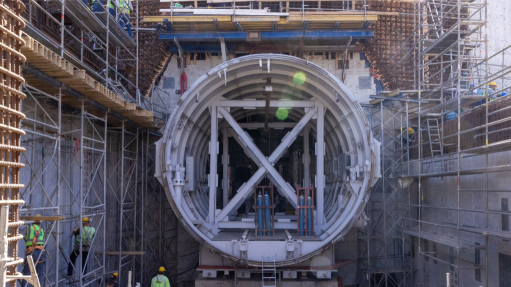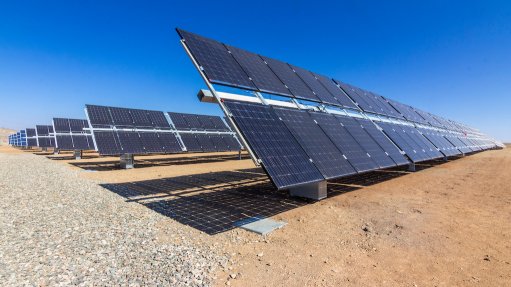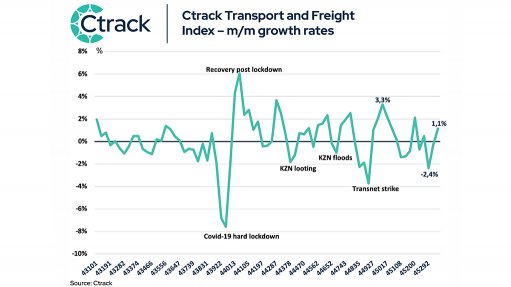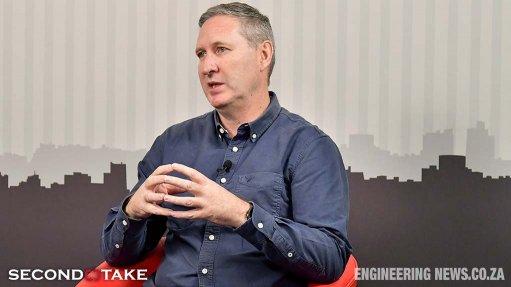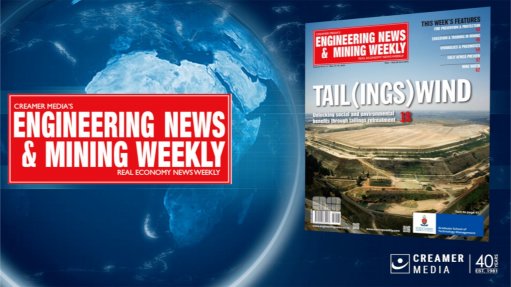Tens of millions of euros already committed to SKA radio telescope project
The preconstruction phase of the international Square Kilometre Array (SKA) radio telescope project has so far received funding commitments of €23.4-million (about R278-million) in cash, while contributions in kind are set to be worth more than €90-million (some R1.07-billion). This has been revealed by the SKA Organisation, which is the international body overseeing the SKA programme. The SKA will be cohosted by South Africa and Australia, with a share of about 70% going to the former and the balance to the latter.
The project has now started its preconstruction phase, which will run to 2016. This preconstruction phase will include such important matters as the conclusion of hosting agreements with South Africa and Australia, the establishment of a reference conceptual, or baseline, design for Phase 1 of the SKA, the development of a funding model for the construction phases and the development of international consortia to execute the work packages required to build and operate the telescope.
The actual construction of the instrument will be split into two phases. Phase 1 will run from 2016 to 2020 and Phase 2 from 2020 to 2024. Phase 1 will see the construc-tion of 190 dish antennas in South Africa and 60 dishes in Australia. These dishes will each have a diameter of some 15 m. In addition, several hundred thousand small dipole antennas, each about a metre in height, will be set up in Australia to act as an array that will monitor low-frequency radio waves.
The SKA Organisation has increased its cost estimate for Phase 1 to €400-million (about R4.75-billion), largely to take account of inflation. However, this new estimate does not take account of any further costs resulting from the decision to split the SKA between South Africa and Australia. An updated cost estimate for Phase 1 will be developed and released later in the year.
In both countries, SKA Phase 1 antennas will be added to the dishes of the two precur-sor arrays, South Africa’s MeerKAT and Australia’s Askap (Australian SKA Path-finder). MeerKAT will have 64 dishes, each 13.5 m in diameter, while Askap has 36 dishes, each with a diameter of 12 m. The first MeerKAT dish will be erected by December, and all 64 will be in place by the end of 2016. In the interim, South Africa’s KAT-7 seven-dish radio telescope array, originally intended as a technology demonstrator, will be undertaking science. Construction of Askap was completed last year; the instru-ment is currently undergoing commissioning.
Phase 2 of the programme will increase the number of dishes to 3 000, and add two aperture arrays to the telescope. The total cost of the com-plete SKA is still officially targeted at €1.5-billion (some R17.8-billion), but is now expected to exceed this figure, and by a significant amount.
The capabilities of the SKA will be very impressive. The data it would collect on a single day would need almost two-million years to play back on an iPod, for example. The telescope’s central computer system will have a processing power equivalent to some one hundred million personal computers, while the amount of optical fibre it will use will be enough to go twice around the earth. The SKA will be so sensitive that it could detect an airport radar on a world 50 light years from here.
The SKA Organisation is now based at the Jodrell Bank Observatory, in north-west England, and is a not-for-profit company. The SKA Organisation has ten full and one associate member agencies, representing 11 countries.
The full-member countries and agencies are Australia (Department of Innovation, Industry, Science and Research), Canada (National Research Council), China (National Astronomical Observatories, Chinese Acad-emy of Sciences), Germany (which joined the SKA in December – Federal Ministry of Education and Research), Italy (National Institute for Astrophysics), the Netherlands (Netherlands Organisation for Scientific Research), New Zealand (Ministry of Eco-nomic Development), South Africa (National Research Foundation), Sweden (Onsala Space Observatory) and the UK (Science and Technology Facilities Council). The associate member is India (National Centre for Radio Astrophysics).
Comments
Press Office
Announcements
What's On
Subscribe to improve your user experience...
Option 1 (equivalent of R125 a month):
Receive a weekly copy of Creamer Media's Engineering News & Mining Weekly magazine
(print copy for those in South Africa and e-magazine for those outside of South Africa)
Receive daily email newsletters
Access to full search results
Access archive of magazine back copies
Access to Projects in Progress
Access to ONE Research Report of your choice in PDF format
Option 2 (equivalent of R375 a month):
All benefits from Option 1
PLUS
Access to Creamer Media's Research Channel Africa for ALL Research Reports, in PDF format, on various industrial and mining sectors
including Electricity; Water; Energy Transition; Hydrogen; Roads, Rail and Ports; Coal; Gold; Platinum; Battery Metals; etc.
Already a subscriber?
Forgotten your password?
Receive weekly copy of Creamer Media's Engineering News & Mining Weekly magazine (print copy for those in South Africa and e-magazine for those outside of South Africa)
➕
Recieve daily email newsletters
➕
Access to full search results
➕
Access archive of magazine back copies
➕
Access to Projects in Progress
➕
Access to ONE Research Report of your choice in PDF format
RESEARCH CHANNEL AFRICA
R4500 (equivalent of R375 a month)
SUBSCRIBEAll benefits from Option 1
➕
Access to Creamer Media's Research Channel Africa for ALL Research Reports on various industrial and mining sectors, in PDF format, including on:
Electricity
➕
Water
➕
Energy Transition
➕
Hydrogen
➕
Roads, Rail and Ports
➕
Coal
➕
Gold
➕
Platinum
➕
Battery Metals
➕
etc.
Receive all benefits from Option 1 or Option 2 delivered to numerous people at your company
➕
Multiple User names and Passwords for simultaneous log-ins
➕
Intranet integration access to all in your organisation






